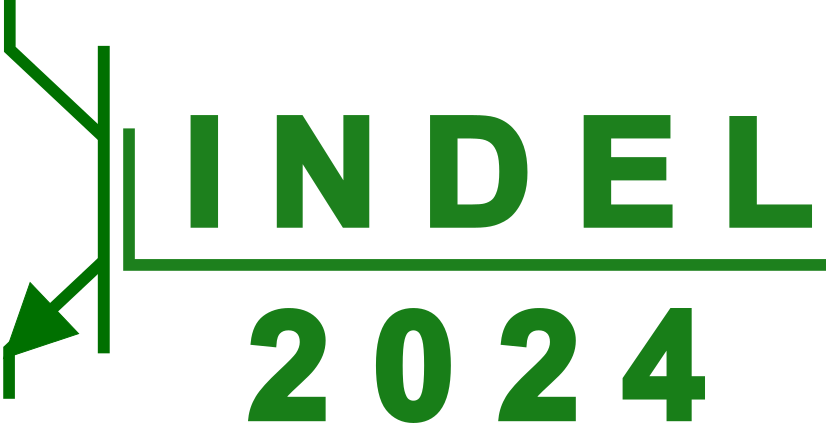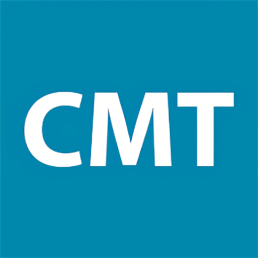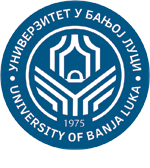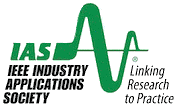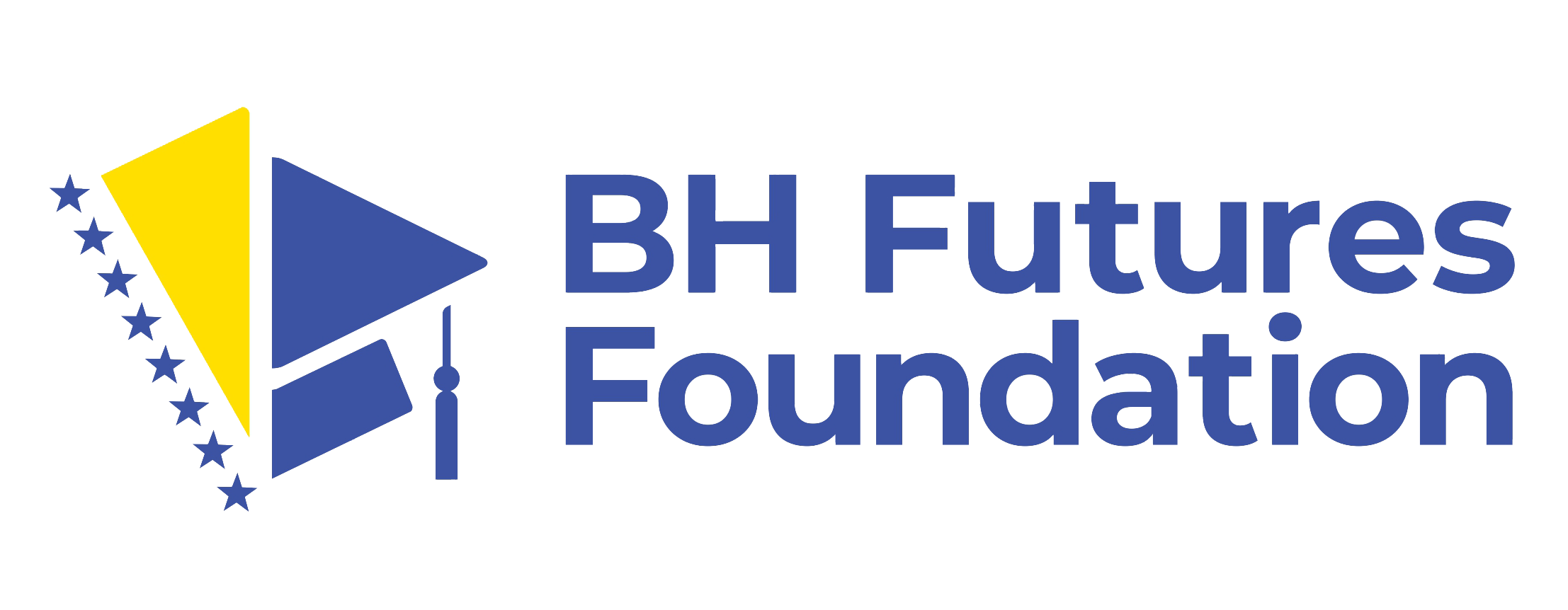XV International Symposium on Industrial Electronics and Applications - INDEL 2024
6-8 November 2024, Banja Luka, Bosnia and Herzegovina
The Symposium is sponsored by IEEE Industry Applications Society, IEEE Power Electronics Society and IEEE Industrial Electronics Society.
Tutorials
|
Univ. Prof. Dr. Petar. J. Grbović |
Amar Mahmutbegovic |
Dr. Aleksandar Pajkanović |
*In the cooperation with IEEE B&H SBs and YP
Current Source PWM Converters
-From Theory to Practice-
Univ. Prof. Dr. Petar. J. Grbović
Power electronics and switching mode power converters in general are today part of every segment of our life. Any piece of electric equipment we have today is somehow based on power electronics and switching mode power converters; home appliance, industrial equipment, renewable energy, automotive, avionic, ICT, military, etc., etc. Conversion efficiency, specific power, power density and converter cost are today the most critical requirements for new applications. One way to increase the conversion efficiency and reduce cost/size/weight is to deploy multi-level and/or multi-cell converters and partial power processing power converters.
Historically, very first power converters were Voltage Source Converters (VSC) based on the vacuum tubes as power switches. The first work on Vacuum Tube based VSC was reported in early 1930s. Then, with the invention of Bipolar Junction Transistor (BJT) and then Silicon Controlled Rectifiers (SCRs), the Current Source Converter topology become dominant. Until late 1980s, the CSC dominated in most of industrial applications, such as Variable Speed Drives and high-power grid connected converters. With the invention of the Metal Oxide Silicon Field Effect Transistors (MOSFETs) in late 1970s and the Insulated Gate Bipolar Transistors (IGBTs) in late 1980, the Voltage Source Converters become again dominant, especially in low-medium voltage and low-medium power applications. Today, majority of power conversion applications are based on PWM VSC with MOSFETs, IGBTs or IGCTs, depending on the voltage and power rating.
In recent years we have seen strong intertest in PWM Current Source Converters (CSCs). It can be proven that in some applications the CSCs could be superior over the VSCs. However, so far, there is not significant penetration of CSCs into real applications such as industry, renewables, automotive and ICT. The main issue is the fact that until today there is not available switch with Bi-Directional voltage blocking capability.
In this tutorial, the CSCs will be analyzed in details. The tutorial will start with a short introduction and comparison of Voltage and Current Source Converters. Then, One-Quadrant (1Q) and Multi-Quadrant (2Q &4Q) CSCs will be presented and analyzed in the 2nd and 3rd chapter. Detailed analysis of CSC cell and design guideline will be given in the 4th chapter of the tutorial. Three-phase single-cell and multi-cell interleaved CSCs will be intensively discussed in the 5th and 6th chapter. Power semiconductor switches with Bi-Directional voltage blocking capability, in particular Monolithic Bi-Directional GaN switch will be addressed in the 7th chapter. Finally, the tutorial will be concluded with several real-life case studies and design examples.
This tutorial is aimed at power electronics engineers, professionals and graduate students who want to improve their knowledge and understanding of advanced concepts of power conversion, such as PWM Current Source Converters and their applications.
Content:
Introduction (20 min)
- Background of Switching Mode Power Conversion
- Voltage Source Converters (VSCs) and related du/dt issues
- Current Source Converters (CSCs)
- VSCs versus CSCs
- History of CSCs
Current Source Converter Basic Switching Cell (30 min)
- Transition from the Voltage-Source Cell to the Current-Source Cell
- The Current Source Cell Analysis
- Switching and Commutation
- Output-to-Input Current Ratio
- Input-to-Output Voltage Ratio
- Output Voltage Ripple
Two-Quadrant & Four-Quadrant CSCs (20 min)
- Requirement and motivation for multi-quadrant operation of CSCs
- 1Q ⇒ 2Q CSC
- 2Q ⇒ 4Q CSC
CSCs Analysis and Design Directives (30 min)
- Introduction & Motivation
- The Switching Cell Analysis
- Commutation Process
- Voltage and Current stress
- Output C(L) Filter
- The Output Voltage Ripple and the Capacitance selection
- The Capacitor RMS Current stress
- Input Current Source & (C)L Filter
- Current Source
- The Inductor Current Ripple and the Inductance selection
- The Inductor RMS Current and Voltage stress
Coffee Pause (15 min)
Three-Phase PWM CSC (15 min)
- Introduction & Motivation
- Transition from Single-Phase to Three-Phase CSC
- Modulation Scheme and Control
- Applications of Thee-Phase CSCs
Multi-Cell & Multi-Level CSCs (15 min)
- Introduction & Motivation
- Multi-Cell CSCs
- Multi-Level CSCs
- Applications
Voltage Bi-Directional Switches (15 min)
- Introduction & Motivation
- Discrete Switch Realization
- MOSFET & IGBT Back-to-Back Configuration
- SCR Anti-Parallel Configuration
- RB-IGBT as a Monolithic Voltage Bi-directional Switch
- Monolithic Bi-Directional GaN Switch
Application Case Studies (30 min)
Several application examples and design cases will be given and discussed at the end the tutorial.
- 22kW 400V Three-Phase Grid Connected Battery Energy Storage AC-DC Interface Current Source Converter
- 10kW 400V Three-Phase Variable Speed Drive Back-to-Back AC-DC-AC Current Source Converter
Conclusion (5 min)
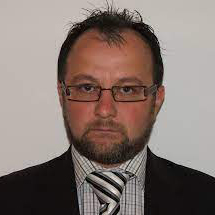
Univ. Prof. Dr. Petar. J. Grbović
Innsbruck Power Electronics Laboratory (i-PEL),
Institute of Mechatronics, University of Innsbruck, Austria
Member of Scientific Committee,
Center of Power Electronics and Drives (C-PED),
Rome TRE University
Univ. Prof. Dr. Petar. J. Grbović received the Dipl. Ing. (B. Sc.) and the Magister degrees from the School of Electrical Engineering, University of Belgrade, Serbia, in 1999 and 2005, and the Doctor (Ph.D) degree from the Laboratoire ’Électrotechnique et d’Électronique de Puissance de Lille, l’Ecole Centrale de Lille, France in 2010.
From March 1999 to February 2003, he was an R/D Engineer with RDA Co, Belgrade. From November 2000 to June 2001, he was a Consulting Engineer with CESET Italy (a division of Emerson Appliance Motors Europe). From March 2003 to April 2005, he was with the R&D Department, PDL Electronics, Ltd., Napier, New Zealand. Since April 2005 until July 2010, he was working with Schneider Toshiba Inverter Europe, Pacy-Sur-Eure, France, as Power Electronics Group Expert. Since September 2010 until August 2011, he was with General Electric Global Research, Munich, Germany. Since September 2011 until September 2018, he was with HUAWEI Technologies, Europe Energy Competence Centre in Munich/Nuremberg, Germany, where he worked as a Senior Expert in the area of power electronics and power conversion. In March 2016 he was appointed to position of the scientific committee of Centre of Power Electronics and Drives, C-PED Lab., Roma TRE University, Italy. In June 2018 he was appointed to position of Full Professor at Innsbruck Power Electronics Laboratory (the i-PEL), the University of Innsbruck, Austria.
The focus of his research is on application of advanced energy storage devices, active gate driving for high power IGBTs and SiC MOSFETs, power converter topologies, advanced power semiconductor devices and control of power converters and semiconductor switches.
Prof. Grbović published 28 IEEE journal papers, 53 IEEE conference papers, 24 IEEE tutorials and a book “Ultra-capacitors in power Conversion Systems: Analysis, Modelling and Design in Theory and Practice”. He has 17 US & EP patents granted and 9 international patent applications pending.
IoT Device Development
-From Idea to Product-
Amar Mahmutbegovic
The workshop will cover the development phases of an IoT device. We will review a real-world example to illustrate the complexities and dependencies of each development stage. The phases that will be covered include:
- Product Requirements Specification
- Technical Specification
- System Design
- Firmware and Hardware Development
- Certification

Amar Mahmutbegovic
Semblie d.o.o.
Tuzla, Bosnia and Herzegovina
Amar Mahmutbegovic is an experienced embedded systems engineer and co-founder of Semblie, where he serves as the Head of Engineering. With 10 years of experience in the industry, Amar specializes in system design and firmware development, ensuring good engineering practices within the company. He has predominantly worked on Bluetooth device development and holds a Master's in Electrical Engineering.
The Design of Digital ASICs with Open-Source EDA Tools
-From Theory to Practice-
Dr. Aleksandar Pajkanović
This comprehensive tutorial will delve into the world of digital ASIC (Application-Specific Integrated Circuit) design using open-source Electronic Design Automation (EDA) tools. Targeted at students, engineers, and professionals interested in ASIC design, this tutorial aims to bridge the gap between theoretical knowledge and practical application.
Content:
Part 1: Theory Introduction (90 minutes)
- Introduction to Digital ASIC Design
- Overview of ASICs and their significance in modern electronics
- Comparison between ASICs and other types of integrated circuits (FPGAs, standard cells, etc.)
- Overview of Open-Source EDA Tools:
- Introduction to the open-source EDA tool ecosystem
- Key tools and their functionalities (e.g., Yosys, Magic, OpenROAD/OpenLane, Qflow)
- Design Flow for Digital ASICs:
- Steps in the digital ASIC design process: specification, design entry, synthesis, placement, routing, and verification
- Detailed explanation of each step and its importance
- Advantages and Challenges of Using Open-Source Tools:
- Benefits of adopting open-source EDA tools
- Potential challenges and how to overcome them
- Case Studies and Industry Applications:
- Examples of successful digital ASIC designs using open-source tools
- Discussion on industry applications and future trends
Part 2: Hands-On Lab Exercises (3 hours) - number of participants is limited
- Setting Up the Environment:
- Installing and configuring essential open-source EDA tools
- Overview of the software and its interface
- Design Entry and Synthesis:
- Creating a simple digital design
- Synthesizing the design
- Placement and Routing:
- Performing placement and routing
- Analyzing the layout and ensuring design rule checks (DRC)
- Simulation and Verification:
- Running simulations to verify the functionality of the design
- Using verification tools to ensure the design meets specifications
- Generating GDSII and Preparing for Fabrication:
- Exporting the design to GDSII format for fabrication
- Final checks and considerations before sending the design for manufacturing
Materials Provided: Participants will have access to all necessary software tools, sample design files, and a list of additional resources for further learning.
Conclusion and Q&A: The tutorial will conclude with an open Q&A session, allowing participants to clarify any doubts and discuss their experiences and challenges. This will be followed by a brief discussion on the future of open-source EDA tools and their impact on digital ASIC design.

Dr. Aleksandar Pajkanović
Faculty of Electrical Engineering
University of Banja Luka
Banja Luka, Bosnia and Herzegovina
Aleksandar Pajkanovic, PhD, is an Assistant Professor with 15 years of extensive experience spanning both academia and industry. His research interests encompass analog/RF and digital IC design, CMOS technology, open source EDA tools and the democratization of silicon. Dr. Pajkanovic is renowned for pioneering the development of the first-ever chip designed in Bosnia and Herzegovina and leading students to win gold and bronze medals at the Microelectronics Olympiad 2023. He is the founder of IKS, the first IC design company in the country. Throughout his career, he has been dedicated to advancing integrated circuit design and fostering innovation through the use of open-source tools and methodologies.
